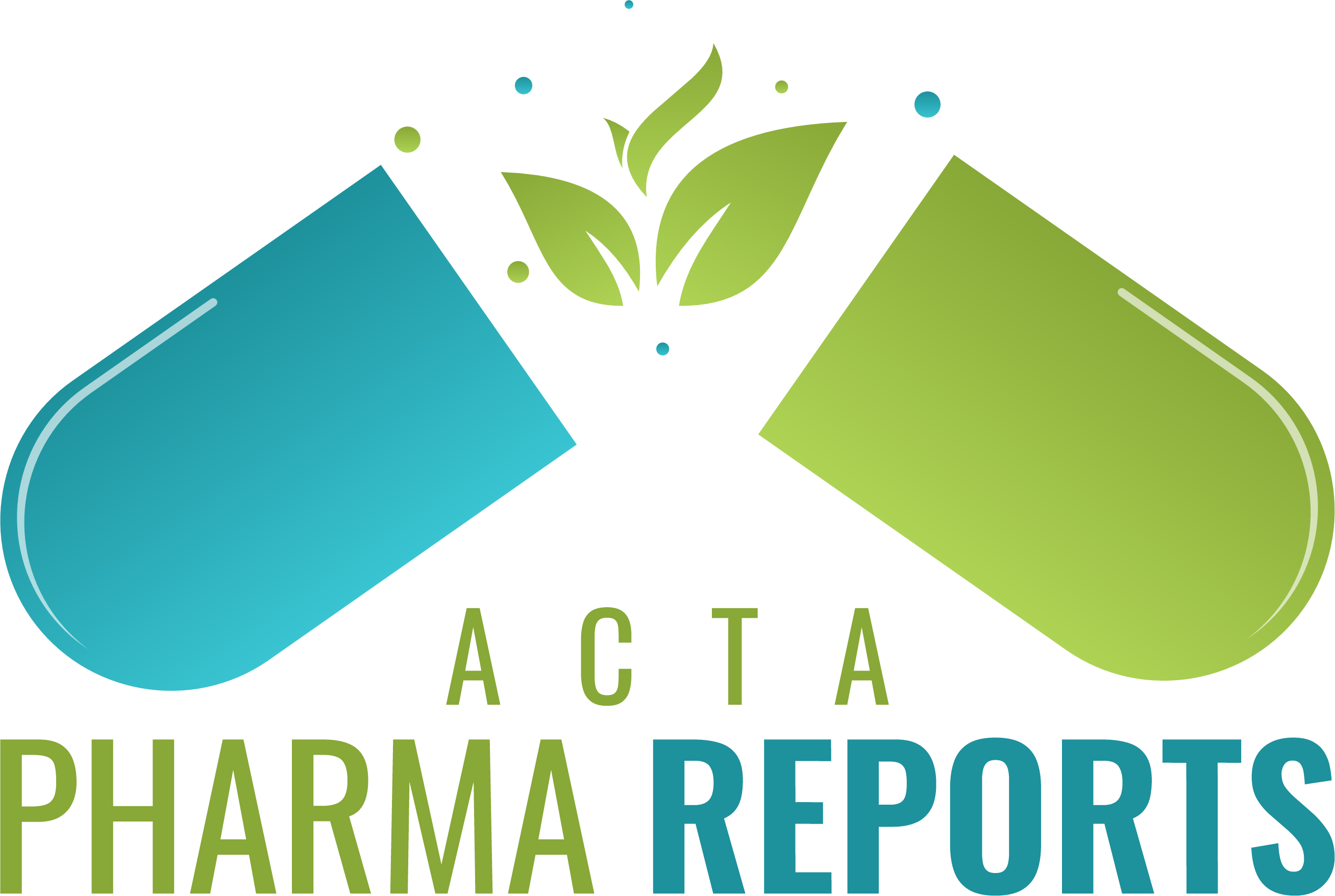Nutraceuticals: A Paradigm Revolution in Medicine and Health
INTRODUCTION: World Health Organization (WHO) database on Global Health Expenditure, the United States allocated 17% of its resources towards healthcare, whereas India allocated 4% (WHO Indicators). The substantial expenditure on wellness has influenced the attention of both the research and development divisions of global corporations and customers towards food products that offer health advantages.[1]The “Nutraceutical” … Read more
